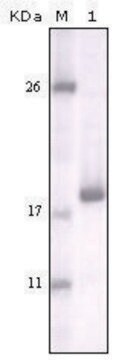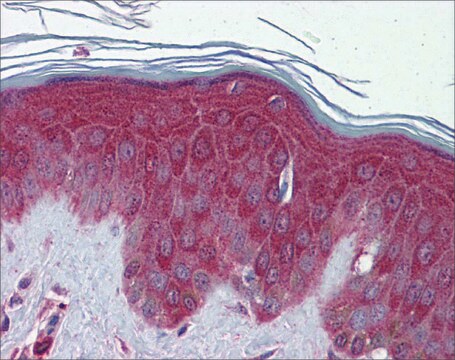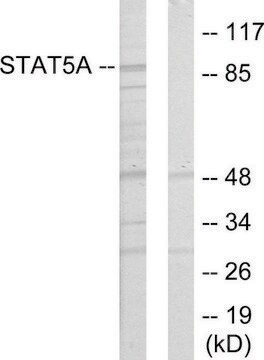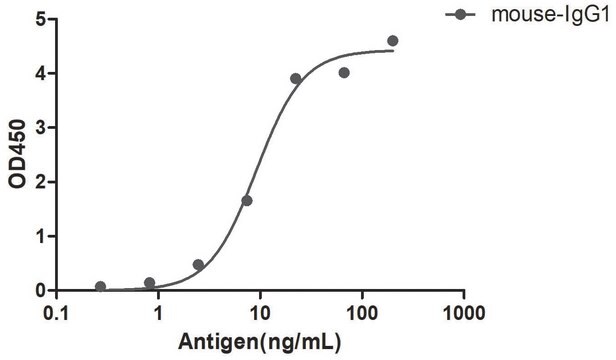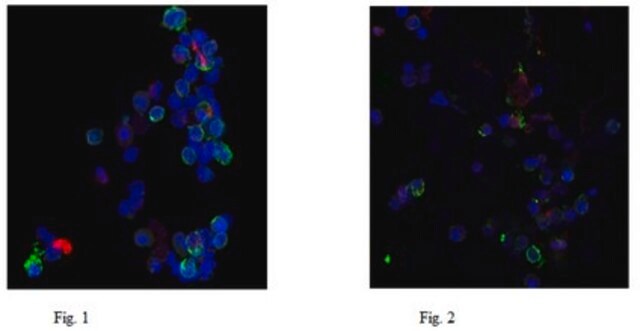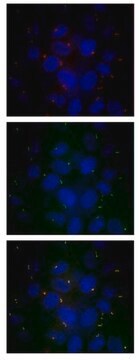MABT322
Anti-DDR2 Antibody, clone 2B12.1
clone 2B12.1, from mouse
Sinônimo(s):
Discoidin domain-containing receptor 2, CD167 antigen-like family member B, CD167b, Discoidin domain receptor 2, Discoidin domain-containing receptor tyrosine kinase 2, Neurotrophic tyrosine kinase, receptor-related 3, Receptor protein-tyrosine kinase TK
About This Item
Produtos recomendados
fonte biológica
mouse
Nível de qualidade
forma do anticorpo
purified immunoglobulin
tipo de produto de anticorpo
primary antibodies
clone
2B12.1, monoclonal
reatividade de espécies
human, mouse, rat
técnica(s)
immunohistochemistry: suitable
western blot: suitable
Isotipo
IgG2aκ
nº de adesão NCBI
nº de adesão UniProt
Condições de expedição
wet ice
modificação pós-traducional do alvo
unmodified
Informações sobre genes
human ... TKT(7086)
Categorias relacionadas
Descrição geral
Imunogênio
Aplicação
Immunohistochemistry Analysis: A 1:250 dilution from a representative lot detected DDR2 in human lung and kidney tissue sections.
Qualidade
Western Blotting Analysis: 1.0 µg/mL of this antibody detected DDR2 in 10 µg of NIH3T3 cell lysate.
Descrição-alvo
forma física
Outras notas
Não está encontrando o produto certo?
Experimente o nosso Ferramenta de seleção de produtos.
Código de classe de armazenamento
12 - Non Combustible Liquids
Classe de risco de água (WGK)
WGK 1
Ponto de fulgor (°F)
Not applicable
Ponto de fulgor (°C)
Not applicable
Certificados de análise (COA)
Busque Certificados de análise (COA) digitando o Número do Lote do produto. Os números de lote e remessa podem ser encontrados no rótulo de um produto após a palavra “Lot” ou “Batch”.
Já possui este produto?
Encontre a documentação dos produtos que você adquiriu recentemente na biblioteca de documentos.
Nossa equipe de cientistas tem experiência em todas as áreas de pesquisa, incluindo Life Sciences, ciência de materiais, síntese química, cromatografia, química analítica e muitas outras.
Entre em contato com a assistência técnica